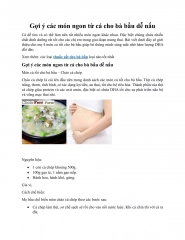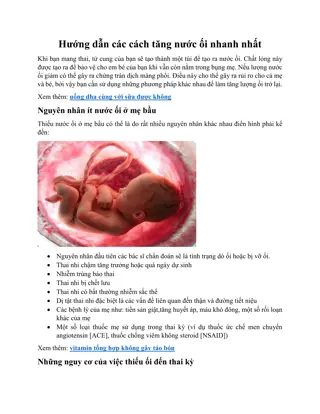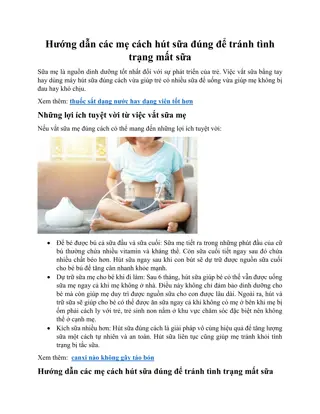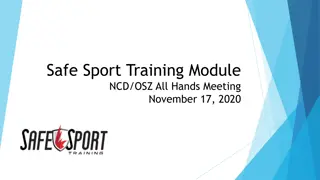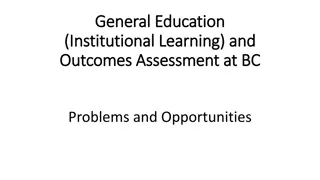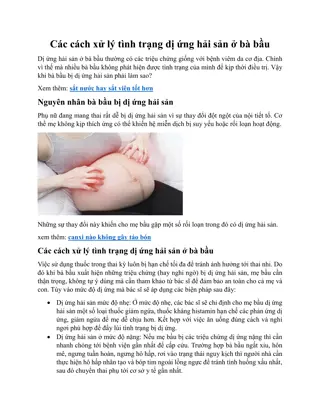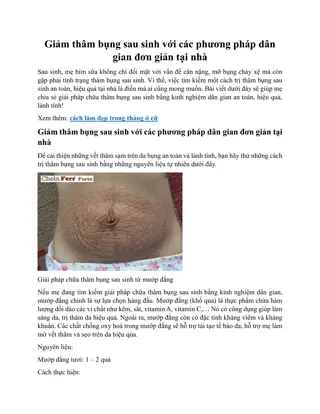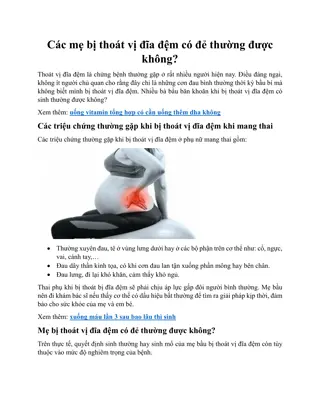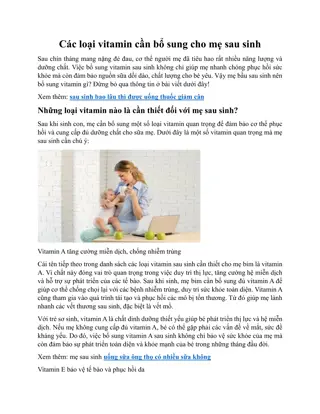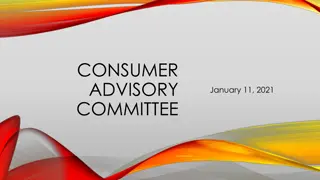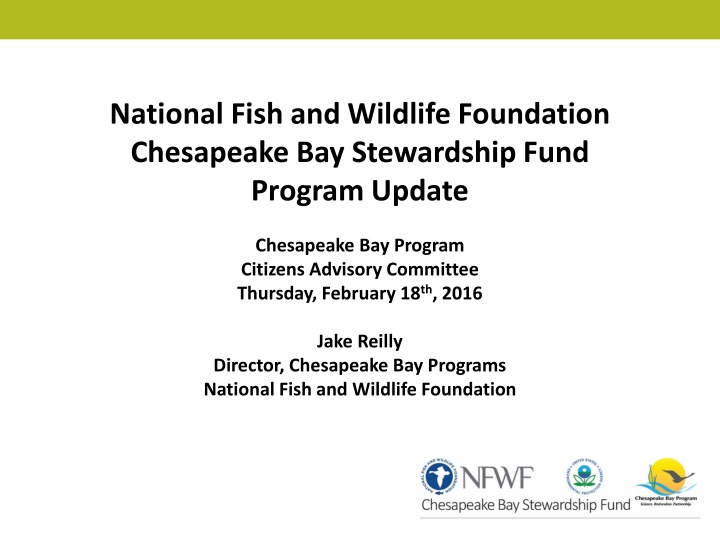
Chesapeake Bay Stewardship Fund Programs Update 2016
Discover the latest initiatives of the National Fish and Wildlife Foundation's Chesapeake Bay Stewardship Fund Program in 2016, including funding partnerships, grants for restoration, and technical assistance opportunities for local governments and NGOs. Learn about the alignment between the Citizens Advisory Committee and NFWF priorities, as well as mechanisms for enhancing collaboration and feedback mechanisms in grant reviews.
Download Presentation

Please find below an Image/Link to download the presentation.
The content on the website is provided AS IS for your information and personal use only. It may not be sold, licensed, or shared on other websites without obtaining consent from the author. If you encounter any issues during the download, it is possible that the publisher has removed the file from their server.
You are allowed to download the files provided on this website for personal or commercial use, subject to the condition that they are used lawfully. All files are the property of their respective owners.
The content on the website is provided AS IS for your information and personal use only. It may not be sold, licensed, or shared on other websites without obtaining consent from the author.
E N D
Presentation Transcript
National Fish and Wildlife Foundation Chesapeake Bay Stewardship Fund Program Update Chesapeake Bay Program Citizens Advisory Committee Thursday, February 18th, 2016 Jake Reilly Director, Chesapeake Bay Programs National Fish and Wildlife Foundation
Refresh CAC on how NFWF supports the CBP partnership Identify areas of current alignment between CAC and NFWF priorities Discuss opportunities for enhancing alignment of priorities and identify specific mechanisms for action Solicit ideas on CAC feedback in NFWF grants review process
A public-private funding partnership, administered by NFWF, with significant foundational funding from EPA s Chesapeake Bay Program Office, that supports the CBP partnership through: Technical assistance grants and other tools and resources to build local capacity for restoration (~1M annually) Grants for restoration implementation (~$11M annually) Networking and information-sharing opportunities amongst watershed partners to share lessons learned (~1M annually) Awarded more than $12 million in Federal and private funding for projects in 2015 alone
Goal: Provide local governments and NGOS with access to project-specific technical services related to watershed restoration and protection efforts Program: Technical Capacity Grants Program Award Range: Up to $50,000 Timing: Full RFP released January 2016, various application and award windows based on local project needs: Agriculture Applications accepted 2/3 3/3 Restoration/Stewardship Applications accepted 5/31 6/30 Stormwater Applications accepted 8/30 9/29
NFWF Field liaison provides support to identify high-value potential projects, assemble appropriate partnerships, and ensure that projects are informed by prior successes and failures CBFN Capacity Building Initiative supports capacity building for regionally-based, multi-stakeholder networks to advance clean water initiatives amongst other regional priorities Municipal Online Stormwater Training Center: Web-based training and information platform for elected officials, inter- departmental municipal staff, and watershed stakeholders to gain the necessary skill sets and information that can be used to create and enhance effective stormwater programs
Goal: Provide financial assistance for on-the-ground watershed restoration and protection actions Programs: Innovative Nutrient and Sediment Reduction Grants (INSR), Small Watershed Grants (SWG) Timing: RFP released in March, applications due mid-May Program INSR SWG Innovative approaches to nutrient and sediment reduction Program Priority Chesapeake Watershed Agreement goals Outcome Measurable water quality improvement Contribution to watershed agreement goals State and local governments, non-profits, educational institutions, Indian tribes Local governments, non-profits, K-12 educational institutions, Indian tribes Eligibility Award Range $200,000 500,000 $20,000 200,000 Match Requirement At least 1:1, Equal to total grant request One-third of total grant request 2016 Funding ~ $12 million * Details tentative, pending partnership feedback
Formal role for CBP partnership in grants review process, upcoming in May-June 2016 Jurisdiction Liaisons ensure consistency with state WIPs and priorities GIT Liaisons prioritize alignment with management strategies CAC and LGAC Liaisons represent stakeholder priorities Implementation outcomes (e.g. acres) transmitted to states for annual WIP reporting purposes Ongoing opportunity to refine and refresh annual RFP priorities Currently drafting 2016 RFP, welcoming CBP partnership input
Goal: Facilitate networking opportunities for grantees and partners to transfer knowledge, inform policy development, and develop new projects Watershed and regional partner forums, including Chesapeake Watershed Forum, ForumPlus Chesapeake Network supports remote collaboration amongst partners Sector-specific annual roundtables, including Chesapeake Agricultural Networking Forum, Baywide Stormwater Partnership Retreats, and Local Government Forum Project Spotlight Webinars showcasing 2-3 NFWF-funded projects discussing a common theme or priority Media relations support to advance NFWF and grantee storytelling of restoration successes
Networking and Information Sharing Technical Assistance Implementation Grants CAC Priorities, 2016-2017 MS4 permitting and mapping Crediting land conservation Stream Buffers Urban tree canopy Environmental Financing Symposium Verification NMP Expert Panel and credits 2 Year Milestones/Phase III WIPs Water Quality Trading Manure to Energy Stream Buffers Enhancing USDA involvement Oysters as a pollution reduction BMP Blue Catfish invasive species Blue Crabs Total Allowable Catch Local government funding Local messaging Engaging diverse groups Public water access Local river report cards Environmental literacy Urban agriculture Trash prevention and removal Environmental careers Urban SW and Land Use Significant Alignment WQ, Agriculture and Fisheries Moderate Alignment Minimal Alignment Stewardship
Are there specific areas of consensus where NFWF can or should improve its alignment with CAC priorities? What are the best NFWF funding mechanisms to advance those areas of additional alignment? How can we ensure key CAC priorities are well represented in NFWF programs and decisions? How can we effectively engage CAC in the NFWF grants review process?

